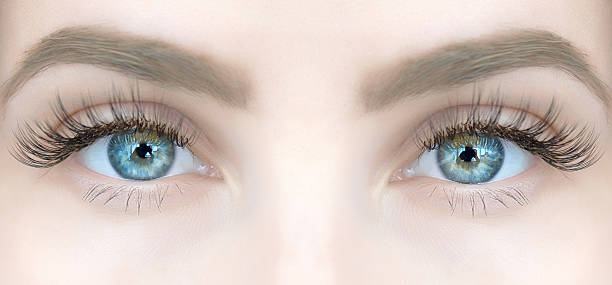Is it Okay to Use Clichés?
February 7, 2023
We’re told to avoid cliches in any art form, and often critique other art pieces for participating in them. And as we should. Cliches can often be counterproductive to any form of art. A poem that compares eyes to pools of water or a story that ends with everything being a dream will be critiqued as cliché from critics and casual consumers alike.
That doesn’t mean cliches should never be used. Obviously, there are many good stories, art piece, poems, etc. that use cliches to great effect. To understand how to use cliches, I think it’s important to think of why something becomes cliché. When something is used repeatedly, it often becomes cliché, and from what I can tell, there are two main reasons something might be used over and over: it’s a great idea or it’s easy to do. Let’s think about the examples I used in the beginning.
Comparing eyes to pools of water is a great use of simile. You can express color, mood, depth, character, and so much more with just that. Blue, choppy, stormy, and full of life. So many wonderful comparisons to make. Unfortunately, it feels like everyone before us has already used it.
Ending a story with a dream is easy. It solves strange things that need explaining, it makes plot holes not matter, it leaves an impact on the protagonist without anyone else noticing, and it’s a twist to hopefully spice up the story and surprise people. A dream ending solves all these potential problems without having to put much thought into it.

Both of these will usually garner an eye roll from an audience if used, which means that they shouldn’t be used, right? Well, no, I think they can. For something that’s been used too much because it’s great, expand upon the great idea to a depth people haven’t seen before. Sure, compare eyes to the ocean, but give it more depth and relevance or make it a more creative comparison than people usually see. For something that’s used because it’s easy, validate it. A dream ending can totally work, but more effort has to be put into validating that choice.
Take an easy cliché in storytelling, the surprise villain. Near the end of a story, someone we already know is shown to be the villain the whole time. There are good and bad examples of this. Ernesto de la Crus from Pixar’s Coco is a great example, while something like Agatha from WandaVision isn’t. Whether you saw it coming or not, Agatha’s betrayal doesn’t mean much for the main character. She was a stranger to Wanda, and by the end basically still is. Agatha’s involvement in the main conflict is minimal, and the impact of her reveal is too. In contrast, de la Crus is at the core of Miguel’s entire motivation. Miguel wants to be like him, and this is only heightened after he discovers that de la Crus might be his father. The betrayal not only flips the plot on its head but Miguel’s motivations and goals too. This is all aside from the fact that de la Crus’s own actions and motivations are consistent with the twist throughout the movie, something many other twist villains can’t say. *cough* Hans *cough*
Sorry to spoil Coco, but it’s over 5 years old. You should watch it.
Gushing aside, a cliché doesn’t mean it’s unusable. Many cliches are popular and regularly draw audiences in despite their commonality, like the gruff man begrudgingly taking care of a child architype (looking at you Mandalorian and The Last of Us). It just means that with the additional attention brought on by it being cliché, you must work extra hard to validate it being there.

